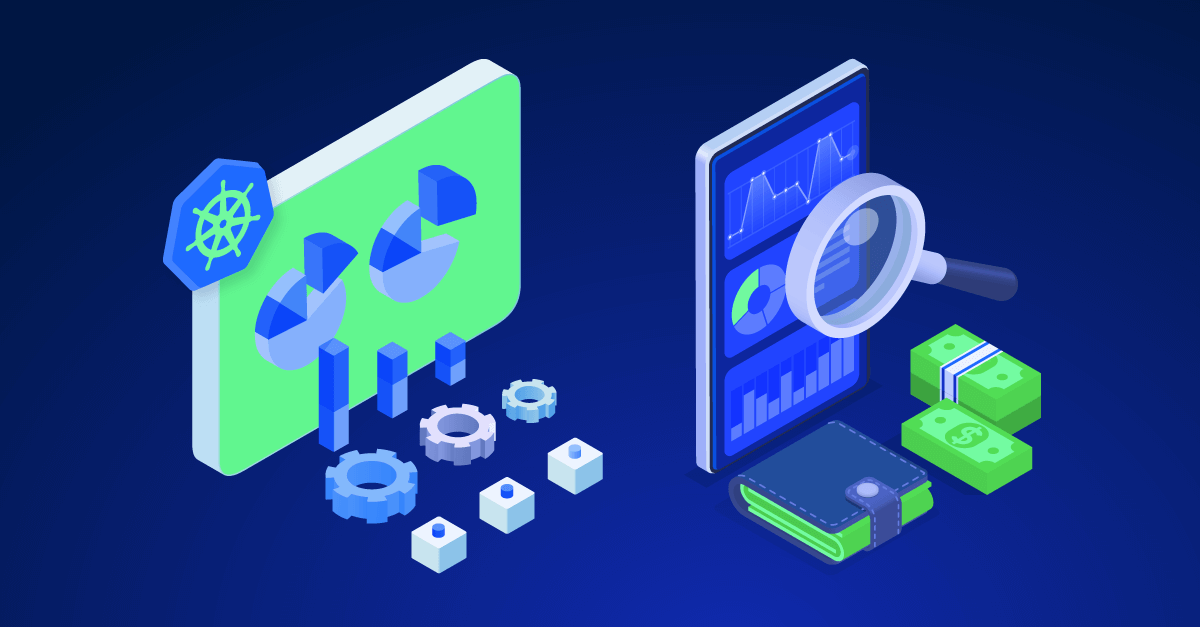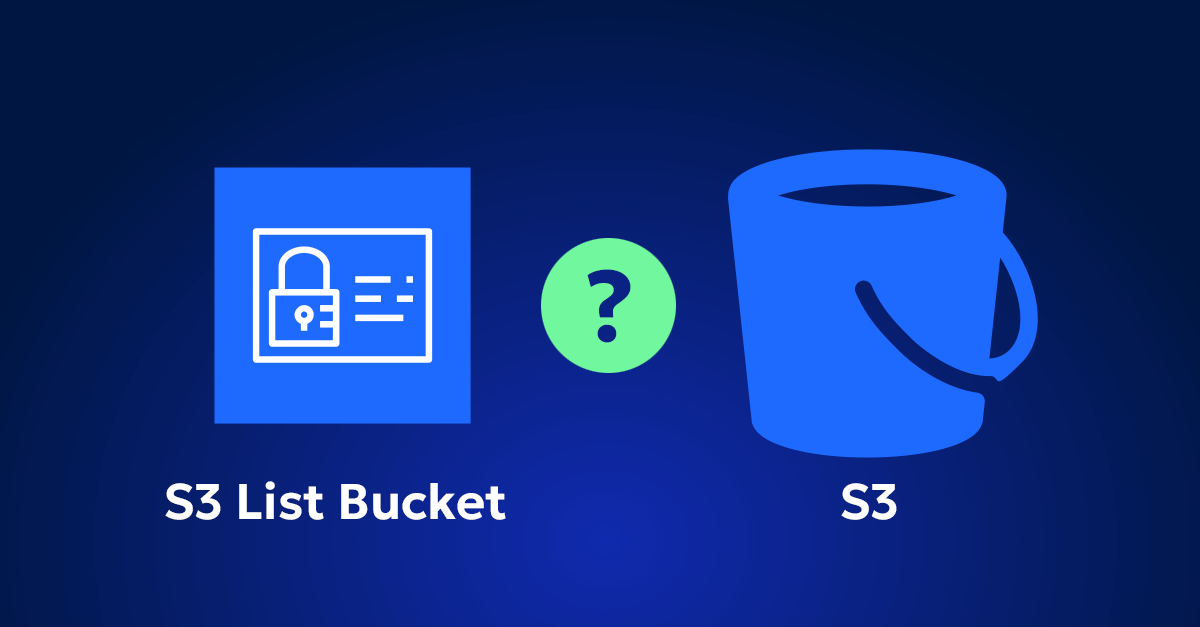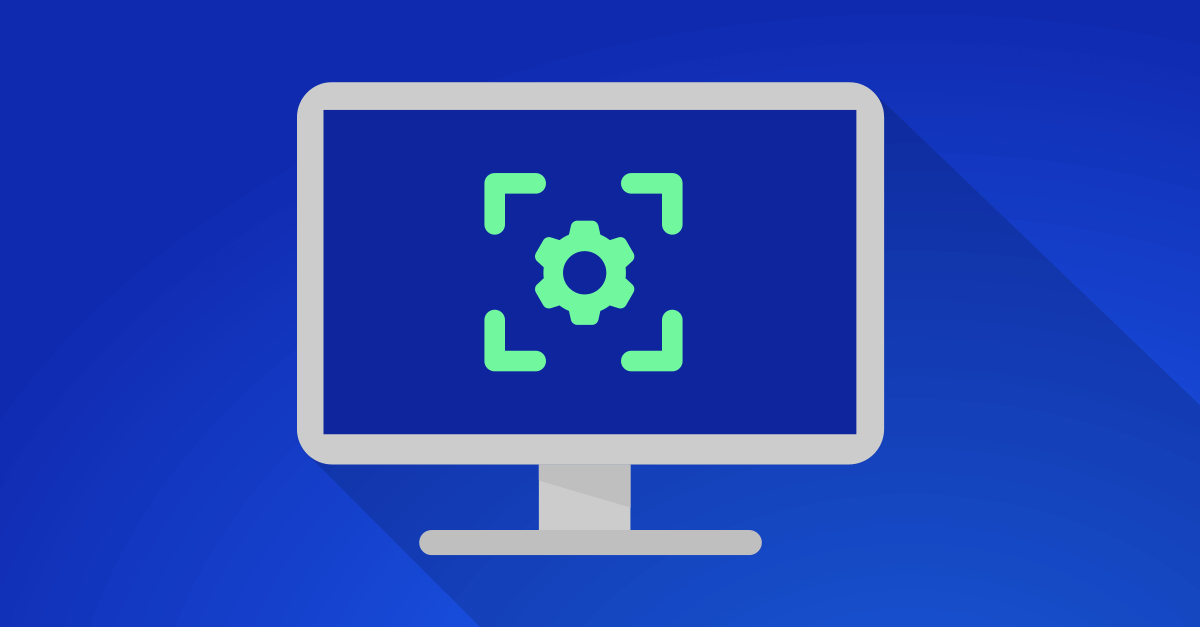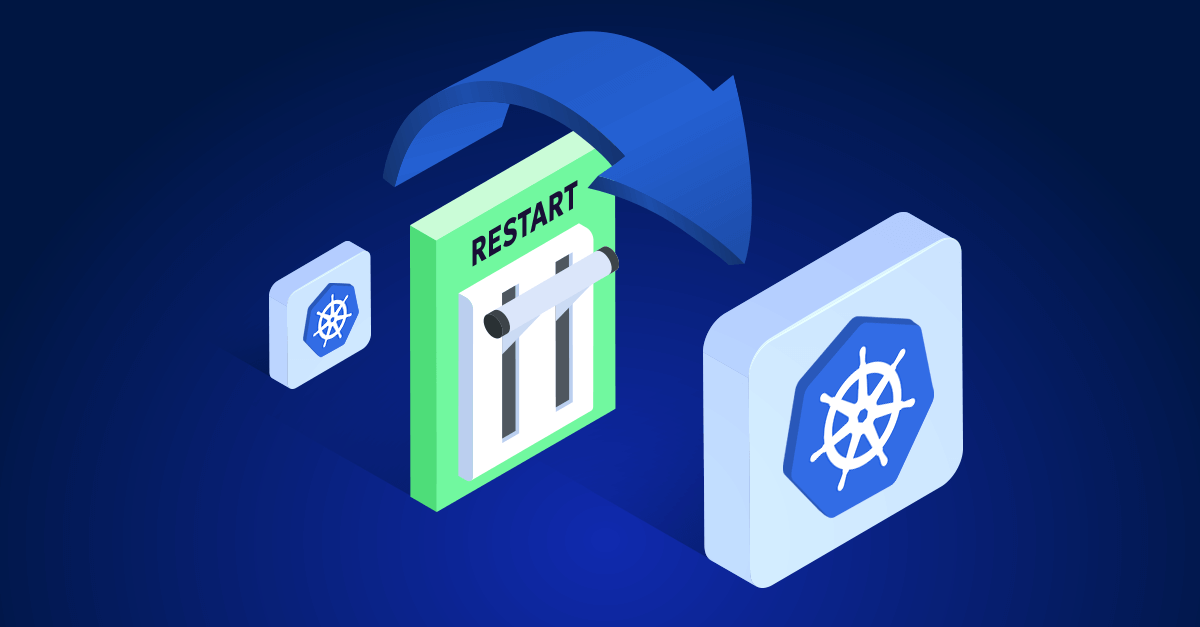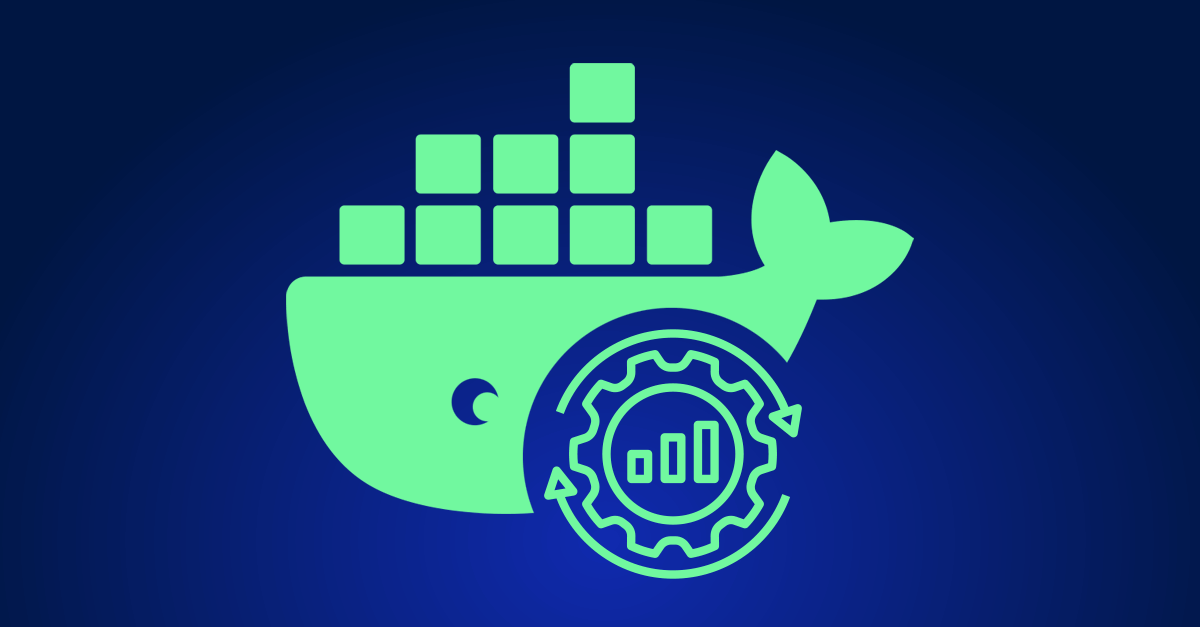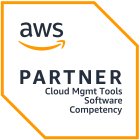In 2025, Kubernetes is evolving at a rapid pace to meet the growing demands of modern cloud environments. While foundational tools remain essential for day-to-day operations, new and innovative tools are emerging to tackle specific challenges, such as cost optimization, dynamic scaling, and enhanced security. This guide highlights the most important tools you need today, detailing their unique functionalities and how they can address critical Kubernetes management needs.
Monitoring and Observability Tools
Why do I need monitoring? Monitoring and observability remain the cornerstone of Kubernetes management. Newer tools leverage AI and ML to provide predictive insights, faster troubleshooting, and deep observability across hybrid environments.
1. Grafana Faro
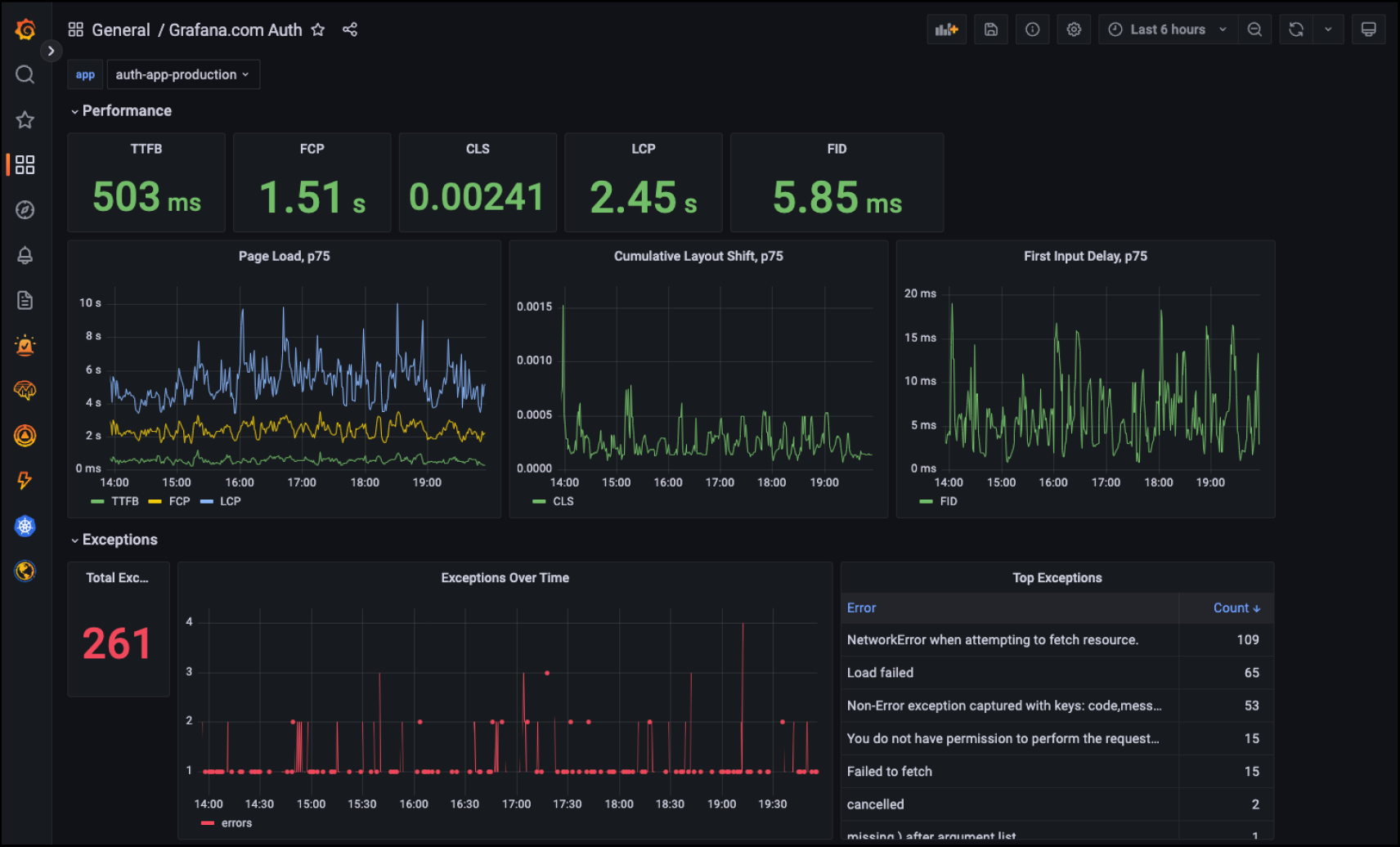
- Type: Open Source (part of Grafana Labs ecosystem).
- Released in late 2022 and gaining popularity in 2023-2025.
- Details: Grafana Faro extends traditional observability into the frontend domain. It complements backend observability by tracing user interactions and frontend performance metrics, bridging the gap between backend health and user experience.
- What It Does: Expands Grafana’s observability stack into frontend monitoring, offering enhanced traceability from Kubernetes backends to user interfaces.
- Why You Need It: As applications span across Kubernetes clusters and diverse frontend systems, Faro ensures full-stack observability, helping to trace issues end-to-end for faster resolution.
- What is Grafana good at? Ideal for full-stack applications where both backend and frontend observability are critical. It supports modern frameworks like React and Angular out of the box.
2. Pixie by New Relic
- Type: Open Source with paid tiers (acquired by New Relic).
- Release date: Introduced in late 2020 but reached broader adoption in 2023-2025 due to its ML-powered observability.
- Technology: Pixie automatically collects application traces and metrics without requiring manual instrumentation. It uses BPF (Berkeley Packet Filter) technology for real-time data collection.
- What It Does: Pixie provides real-time, scriptable observability at the code level without requiring instrumentation.
- Why You Need It: Kubernetes environments are increasingly dynamic, and Pixie offers instant visibility into workloads and services, making debugging faster and more intuitive.
- What is Pixie particularly good at?: Unlike traditional monitoring tools, Pixie integrates observability directly into Kubernetes, offering zero-config deployment. It’s particularly useful for debugging and real-time performance monitoring.
Scaling and Autoscaling Tools
Why do I need a scaling tool? Efficient scaling ensures workloads meet performance requirements without overspending. Innovative tools now optimize not only scaling decisions but also cost and environmental impacts.
3. Karpenter
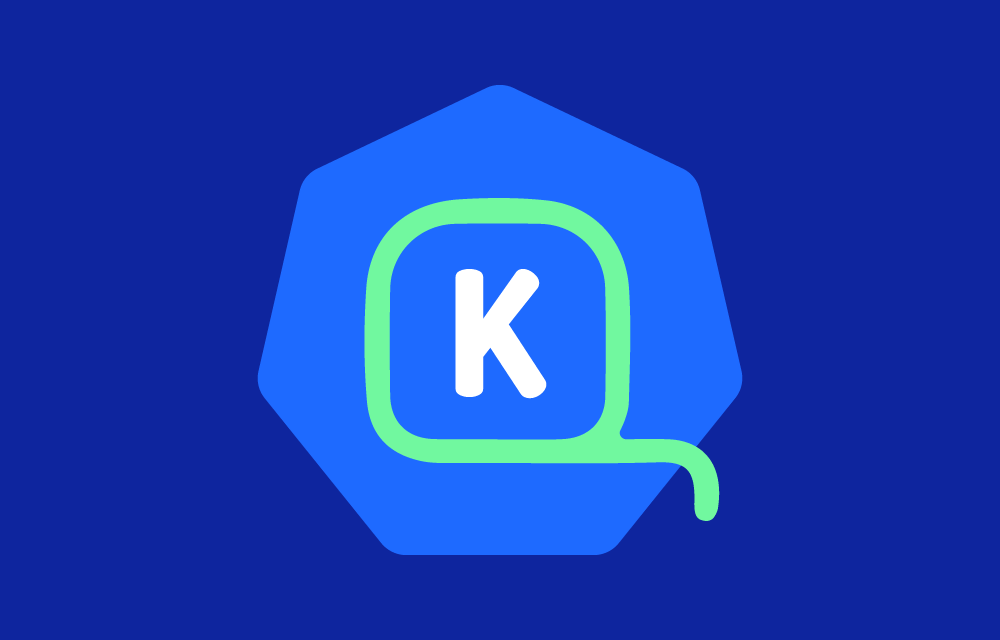
You may already be on Karpenter, but if you aren’t, it’s time to consider it. Karpenter has redefined Kubernetes autoscaling by dynamically provisioning nodes based on workload requirements. Worth mentioning, it also supports Azure alongside AWS, with potential support for additional cloud providers in the future, making it a versatile choice for multi-cloud environments.
- Type: Open Source.
- Released: Introduced by AWS in late 2021 and has become a standard by 2025.
- Details:
- Node Launch Time: Promises sub-minute launch times (varies: <5 min), significantly faster than Cluster Autoscaler.
- Intelligent Scaling: Automatically selects instance types and families, considering performance, cost, and availability.
- Advanced Features: Supports spot instances, GPU-based workloads, and ephemeral workloads like batch jobs.
- What It Does: A Kubernetes-native autoscaler that dynamically provisions just the right mix of compute resources based on real-time workload needs.
- Why You Need It: Karpenter is a game-changer for optimizing cluster efficiency. It intelligently selects instance types and sizes, reducing costs while improving workload performance.
- What Karpenter Does Well: By focusing on workload-aware scaling, Karpenter reduces overprovisioning and achieves optimal cost efficiency while ensuring application reliability. Worth mentioning, Karpenter outperforms the traditional Cluster Autoscaler by using quicker methods for provisioning new nodes, allowing sub-minute node launches that respond rapidly to scaling demands.
Cost Management and Optimization Tools
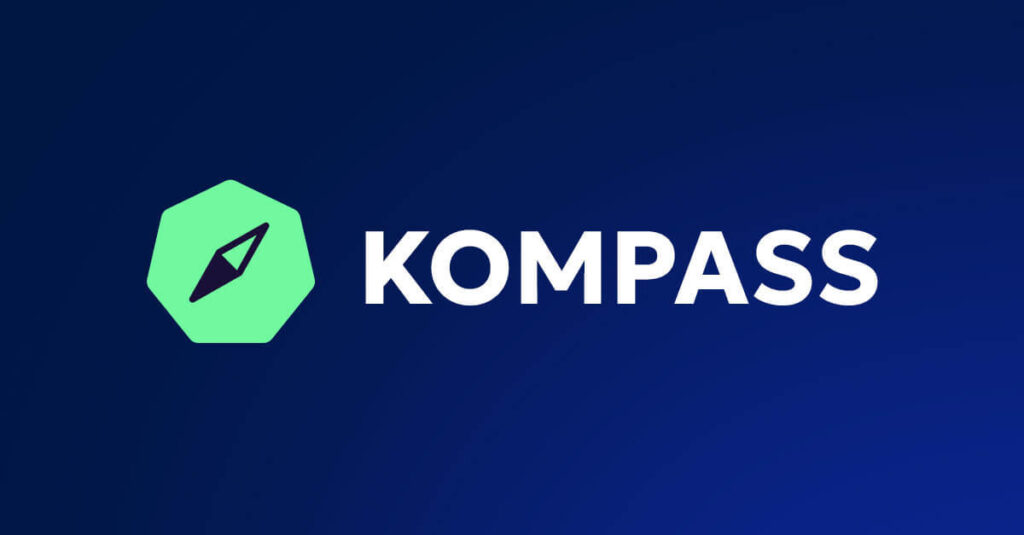
Why do I need to invest in a As cloud bills grow, tools that analyze and reduce costs are critical. Advanced tools now integrate with FinOps frameworks and leverage AI for actionable recommendations.
4. Zesty Kubernetes Cost Optimization Platform
- Type: Pay as you save model, with advanced features for dynamic cost management.
- Released: 2018, but gaining significant attention in 2024-2025 as a groundbreaking solution for Kubernetes cost optimization.
- What It Does: Zesty’s platform automates cost optimization for Kubernetes clusters by dynamically adjusting resource allocations in real time. It proactively manages workloads to reduce overprovisioning, ensuring that clusters operate efficiently while maintaining SLAs.
- What is Zesty particularly good at?:
- Superior Node Launch Time: Zesty boasts even faster node launch times compared to Karpenter, which already sets the bar with sub-minute provisioning (~30 seconds). This makes it ideal for handling real-time traffic spikes and dynamic workloads.
- AI-Driven Optimization: Leverages AI to continuously analyze workloads and dynamically adjust resources, eliminating manual intervention for cost optimization.
- FinOps Alignment: Provides actionable cost insights aligned with business objectives, ensuring cost efficiency while maintaining performance.
- Effortless Scalability: Dynamically optimizes node utilization across instance types, reducing underutilized resources and significantly lowering cloud costs.
- Why do I need It: Zesty offers faster node launch times than Karpenter, AI-driven resource optimization, and seamless cost management, making it essential for reducing cloud expenses while maintaining top-tier performance.
Security and Compliance Tools
Kubernetes environments are becoming prime targets for security breaches. The latest tools focus on runtime protection, supply chain security, and compliance automation.
5. ChainGuard
- Type: Open Source with enterprise features.
- Released: 2023
- Details: Protects your container images and dependencies by ensuring they adhere to strict security standards. It automates vulnerability scanning and enforces signed images using Sigstore.
- What It Does: Focuses on securing the Kubernetes supply chain by ensuring containers and dependencies are tamper-proof.
- Why You Need It: With the rise in supply chain attacks, ChainGuard protects your workloads by ensuring every container image adheres to strict security standards.
- What it does well: With the rise of supply chain attacks, ChainGuard ensures that all Kubernetes workloads originate from verified and trusted sources.
6. Deepfence ThreatMapper
- Type: Open Source.
- Released: Released in late 2021, but its capabilities have expanded significantly by 2025.
- Details: Maps runtime vulnerabilities and attack paths in Kubernetes clusters. It scans workloads, containers, and nodes to provide actionable security insights.
- Why It Stands Out: Unlike traditional security tools, ThreatMapper identifies real attack paths, helping teams prioritize fixes based on actual risks.
- What It Does: Scans Kubernetes clusters for runtime vulnerabilities and maps potential attack paths.
- Why You Need It: Real-time vulnerability detection is critical in dynamic environments. ThreatMapper provides actionable insights into your cluster’s security posture.
Configuration Management Tools
Why Important: Effective configuration management ensures consistent and reliable deployments. New tools focus on managing large-scale Kubernetes configurations with greater simplicity and control.
7. ArgoCD Autopilot
- Type: Open Source (part of the ArgoCD ecosystem).
- Released: Introduced in 2021 but gaining broader adoption in 2024-2025 as GitOps workflows become more mainstream.
- You May Already Be Using ArgoCD: If you’re familiar with ArgoCD, you know its power for managing Kubernetes manifests declaratively. ArgoCD Autopilot takes this one step further by automating the setup of GitOps workflows.
- What It Does: Enhances ArgoCD by automatically bootstrapping GitOps workflows for your Kubernetes clusters.
- Why You Need It: Simplifies the setup of GitOps pipelines, allowing teams to focus on managing configurations rather than setting up workflows manually.
8. Monokle
- Type: Open Source with premium features available.
- Released: Emerging as a must-have tool in 2024-2025 as Kubernetes configurations grow more complex.
- What It Does: A configuration management tool that validates and tests Kubernetes manifests before deployment.
- Why You Need It: Prevent configuration errors that can lead to downtime or security vulnerabilities by ensuring manifests are error-free.
Optimize Your Kubernetes Management for 2025
Kubernetes management in 2025 demands tools that go beyond basic functionality, offering intelligent automation, real-time responsiveness, and deep insights. Whether you’re scaling workloads dynamically with Karpenter, optimizing costs with Zesty, ensuring secure configurations with Monokle, or gaining full-stack observability with Pixie, the right tools can transform how you manage your clusters.
As cloud environments grow increasingly complex, investing in advanced solutions like these will help you stay ahead of performance challenges, security risks, and escalating costs. By integrating these innovative tools into your workflows, you can build efficient, scalable, and cost-effective Kubernetes operations tailored to meet the demands of the future.
Are you ready to elevate your Kubernetes management strategy? Start exploring these tools today to unlock their full potential.

